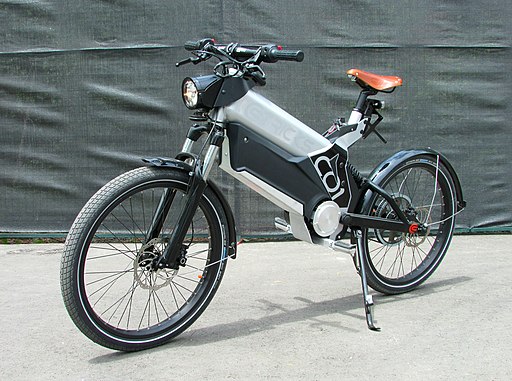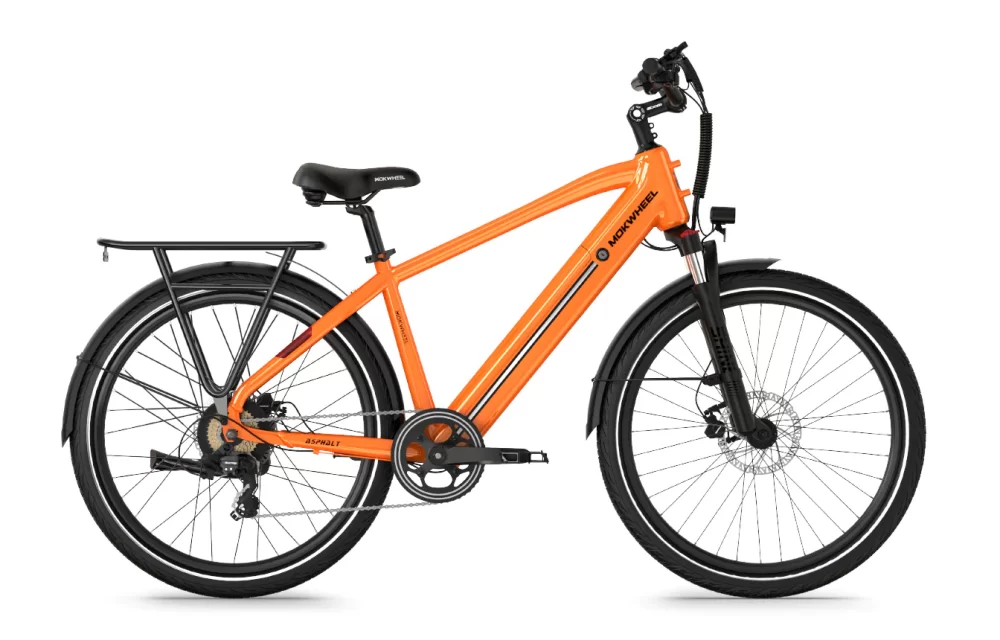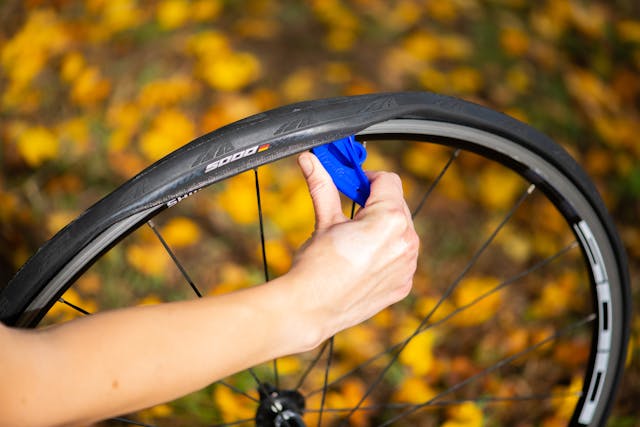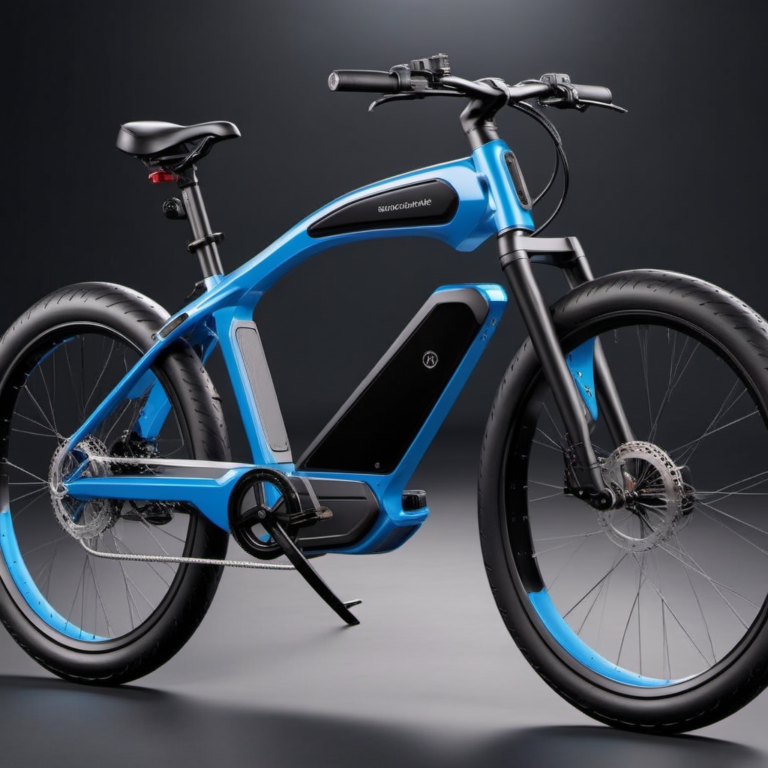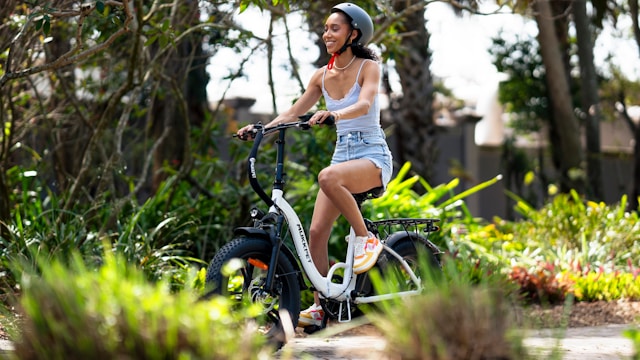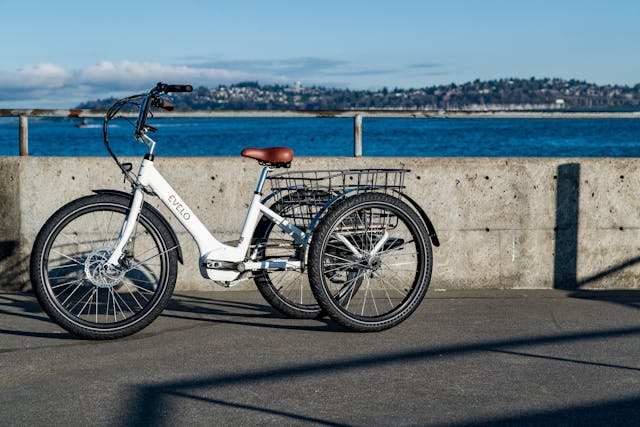Evaluating Electric Bike Speed And Acceleration In Comparison To Traditional Bicycles
Last Updated on June 12, 2024 by Kristina Grant
With the rise in popularity of electric bikes, many are left wondering if these modern modes of transportation truly live up to the hype. When considering speed and acceleration, how do electric bikes measure up against traditional bicycles? Understanding the differences in performance is crucial for both new riders and seasoned cyclists looking to make an informed decision about their next ride. In this blog post, we will research the speed capabilities and acceleration of electric bikes in comparison to their traditional counterparts, shedding light on whether electric bikes are indeed revolutionary or run-of-the-mill when it comes to these vital factors.
Key Takeaways:
- Electric bikes offer faster acceleration: Electric bikes provide quicker acceleration compared to traditional bicycles due to their motor assistance, making them ideal for tackling steep hills and handling urban stop-and-go traffic efficiently.
- Speed potential is higher with electric bikes: On average, electric bikes have a higher potential top speed compared to traditional bicycles, allowing riders to maintain higher speeds with less effort, especially on flat surfaces or against headwinds.
- Range of electric bikes might affect speed: The range of an electric bike can impact its speed and acceleration, as models with larger batteries or more powerful motors may provide a speedier and more consistent ride over longer distances before requiring a recharge.
- Cyclist input is still crucial for speed on electric bikes: While electric bikes offer motorized assistance, the speed and acceleration also heavily depend on the rider’s input, with pedaling power augmenting the overall speed capabilities of the bike.
- Electric bikes cater to a wide range of users and needs: The varying speed and acceleration capabilities of electric bikes make them suitable for a diverse range of cyclists, including commuters looking for a faster alternative to traditional bikes, recreational riders seeking assistance on challenging terrains, or individuals with mobility limitations.
The Evolution of Electric Bikes
Even as the concept of electric bikes seems like a modern innovation, their roots can be traced back to the late 19th century. The first known electric bicycle was developed by Ogden Bolton Jr. in 1895, albeit with a hefty weight due to the massive lead-acid battery. Over the years, electric bikes have undergone significant transformations in design, technology, and performance, evolving into the efficient and sleek machines we see today.
Historical Development
The development of electric bikes gained momentum in the early 2000s as concerns about environmental sustainability and urban congestion grew. Manufacturers began focusing on creating electric bikes that offered a viable alternative to traditional bicycles and motorcycles. This led to the production of e-bikes with improved batteries, lighter frames, and enhanced motor systems, making them more accessible and appealing to a broader range of riders.
As the demand for eco-friendly transportation options increased, the electric bike market experienced a surge in innovation and competition. Companies started incorporating cutting-edge technologies like regenerative braking, torque sensors, and advanced lithium-ion batteries to enhance the performance and efficiency of e-bikes. With these advancements, electric bikes became not just a novelty but a practical and sustainable mode of transportation for commuting, leisure, and fitness purposes.
RELATED CONTENT – How Fast Does a 2000w Electric Bike Go?
RELATED CONTENT – How Fast Do Electric Bikes Go?
Technological Advances in E-Bikes
With the rapid progression of technology, electric bikes have witnessed remarkable advancements in recent years. Manufacturers have focused on improving motor efficiency, battery capacity, and overall performance to meet the evolving needs of riders. These developments have resulted in e-bikes that can achieve higher speeds, cover longer distances, and conquer challenging terrains with ease.
Plus, enhancements in connectivity and smart features have elevated the riding experience, allowing riders to track their performance, adjust settings, and stay connected while on the go. The integration of GPS navigation, mobile app compatibility, and Bluetooth connectivity has transformed electric bikes into sophisticated urban mobility solutions that offer convenience and versatility.
Performance Parameters
When evaluating electric bike speed and acceleration in comparison to traditional bicycles, it is crucial to explore the performance parameters that define their capabilities. To understand the full scope of these parameters, it is important to refer to documents like the SUATS MPO Long Range Transportation Plan which outlines the standards for transportation systems.
Assessing Speed Capabilities
Capabilities in terms of speed refer to the maximum velocity that an electric bike or traditional bicycle can achieve. This parameter is crucial as it determines the efficiency of the bike in covering distances within a specified time frame. By comparing the speed capabilities of electric bikes and traditional bicycles, we can assess which mode of transportation is more suitable for different travel needs.
When analyzing speed capabilities, it is important to consider factors such as terrain, rider weight, motor power, and battery capacity. These elements directly impact how fast an electric bike or traditional bicycle can travel. By understanding these factors, individuals can make informed decisions about which type of bike aligns with their speed requirements.
Analyzing Acceleration Rates
Performance in terms of acceleration rates is a critical aspect of evaluating electric bikes and traditional bicycles. Acceleration refers to how quickly a bike can increase its speed from a standstill position. This parameter is significant for determining the responsiveness and agility of a bike in various riding scenarios.
Analyzing acceleration rates involves comparing the time it takes for an electric bike and a traditional bicycle to reach a certain speed level. The ability to accelerate swiftly can enhance safety by allowing riders to react promptly to changing traffic conditions or obstacles. It can also provide a more dynamic riding experience for individuals seeking a powerful and efficient mode of transportation.
Comparative Analysis
| Aspect | Electric Bikes | Traditional Bikes |
|---|---|---|
| Speed | Up to 28 mph | Relies on rider’s pedaling speed |
| Acceleration | Rapid response due to electric motor | Slower, based on rider’s strength |
| Efficiency | Minimal effort with electric assistance | Efficiency varies based on terrain |
| Cost | Initially higher due to electric components | Generally lower upfront cost |
RELATED CONTENT – Review of the Mokwheel Asphalt Electric Bike
RELATED CONTENT – Review of the Mokwheel Obsidian Electric Bike
Electric Bike Performance in Urban Settings
Settings in urban areas play to the electric bike’s strengths. With its ability to accelerate quickly from a standstill, electric bikes excel in stop-and-go traffic. The speed cap of 28 mph allows riders to keep up with city traffic, all while exerting minimal effort.
Furthermore, the electric assistance enables riders to conquer steep inclines without breaking a sweat. Navigating through crowded streets and reaching your destination in record time has never been easier than with an electric bike in urban environments.
Traditional Bicycle Efficiency in Various Terrains
Traditional bicycles are known for their efficiency in various terrains. From smooth pavements to rugged mountain trails, traditional bicycles offer a versatile riding experience. They require physical exertion from the rider, making them a great choice for those looking to incorporate a workout into their commute or leisure ride.
To fully capitalize on the efficiency of traditional bicycles in different terrains, riders must be prepared to tackle challenges such as steep hills and rough terrain. The physical effort required may be demanding, but the sense of accomplishment and physical fitness benefits make it all worthwhile.
User Experience and Practical Implications
Allowing users to experience the benefits of electric bikes firsthand is crucial in understanding their true potential. All riders, whether new or seasoned, appreciate the ability to effortlessly conquer inclines and cover long distances with ease. The intuitive controls and smooth acceleration of electric bikes enhance the overall riding experience, making it more accessible and enjoyable for a wider range of individuals.
Commuter Perspectives
To commuters, time is of the essence. Electric bikes offer a faster and less strenuous alternative to traditional bicycles, allowing riders to arrive at their destinations quickly and without breaking a sweat. The added speed and acceleration capabilities of electric bikes can significantly reduce commuting times, making them an attractive option for urban dwellers looking to navigate through traffic with ease.
The environmental impact of transportation choices is becoming increasingly important in today’s society. Plus, with concerns over carbon emissions and sustainability on the rise, electric bikes present themselves as a greener alternative to conventional vehicles. By incorporating electric bikes into daily transportation routines, individuals can reduce their carbon footprint and contribute to a cleaner, more sustainable environment.
To wrap up
Conclusively, the comparison between electric bikes and traditional bicycles regarding speed and acceleration yields a clear distinction. Electric bikes offer a revolutionary approach by providing enhanced speed and quicker acceleration, ultimately making them a more efficient mode of transportation. As technology continues to advance, electric bikes are becoming increasingly popular for commuters and cycling enthusiasts alike. While traditional bikes have their own merits, the electric bike’s ability to augment human power with motorized assistance elevates its performance to a level that surpasses conventional bicycles in terms of speed and acceleration.
FAQ
Q: What is the difference between electric bike speed and acceleration compared to traditional bicycles?
A: Electric bikes typically offer higher speeds and faster acceleration than traditional bicycles due to the assistance provided by the electric motor.
Q: Are electric bikes considered revolutionary in terms of speed and acceleration?
A: Electric bikes can be considered revolutionary in terms of speed and acceleration as they provide a significant boost to the rider’s pedaling power, allowing them to achieve higher speeds and faster acceleration than with a traditional bicycle.
Q: How do electric bikes achieve higher speeds and faster acceleration?
A: Electric bikes achieve higher speeds and faster acceleration by utilizing an electric motor that assists in the rider’s pedaling efforts, allowing them to travel at greater speeds with less physical exertion.
Q: Are there any limitations to the speed and acceleration of electric bikes?
A: While electric bikes can offer higher speeds and faster acceleration than traditional bicycles, there are limitations imposed by factors such as motor power, battery capacity, and local regulations governing electric bike speed limits.
Q: How does the speed and acceleration of electric bikes compare to traditional bicycles in practical terms?
A: In practical terms, electric bikes can outperform traditional bicycles in terms of speed and acceleration, especially when it comes to tackling hills, carrying heavy loads, or covering long distances with less effort and in a shorter amount of time.
Join the conversation by leaving your thoughts in the comments below and don’t forget to share with fellow cyclists!
Kristina Grant is not just an enthusiast but a true authority on electric bikes. Nestled in the coastal beauty of Virginia, Kristina has found the perfect backdrop for her passion for electric biking. As a dedicated wife and homeschooling mom, her life revolves around family, faith, and the thrill of adventure.
Originally hailing from Ohio, Kristina's journey with electric bikes began as a curiosity and quickly evolved into a deep expertise. Her blog is a testament to her love for electric biking, combining her fascination for eco-friendly transportation with her coastal lifestyle.
When she's not cruising the beach on her electric bike, you'll find Kristina indulging in her other loves: long walks along the shore, getting lost in a good book, and cherishing moments with her loved ones. With a heart as big as her love for animals, especially cats, Kristina brings a unique perspective to the electric bike world, grounded in her strong faith in God and her dedication to a sustainable lifestyle.
Through her blog, Kristina shares her extensive knowledge of electric bikes, offering valuable insights, tips, and recommendations to fellow enthusiasts. Whether you're a seasoned rider or a newcomer to the electric bike scene, Kristina's blog is your go-to source for all things electric biking, fueled by her passion, expertise, and the scenic beauty of coastal Virginia.

